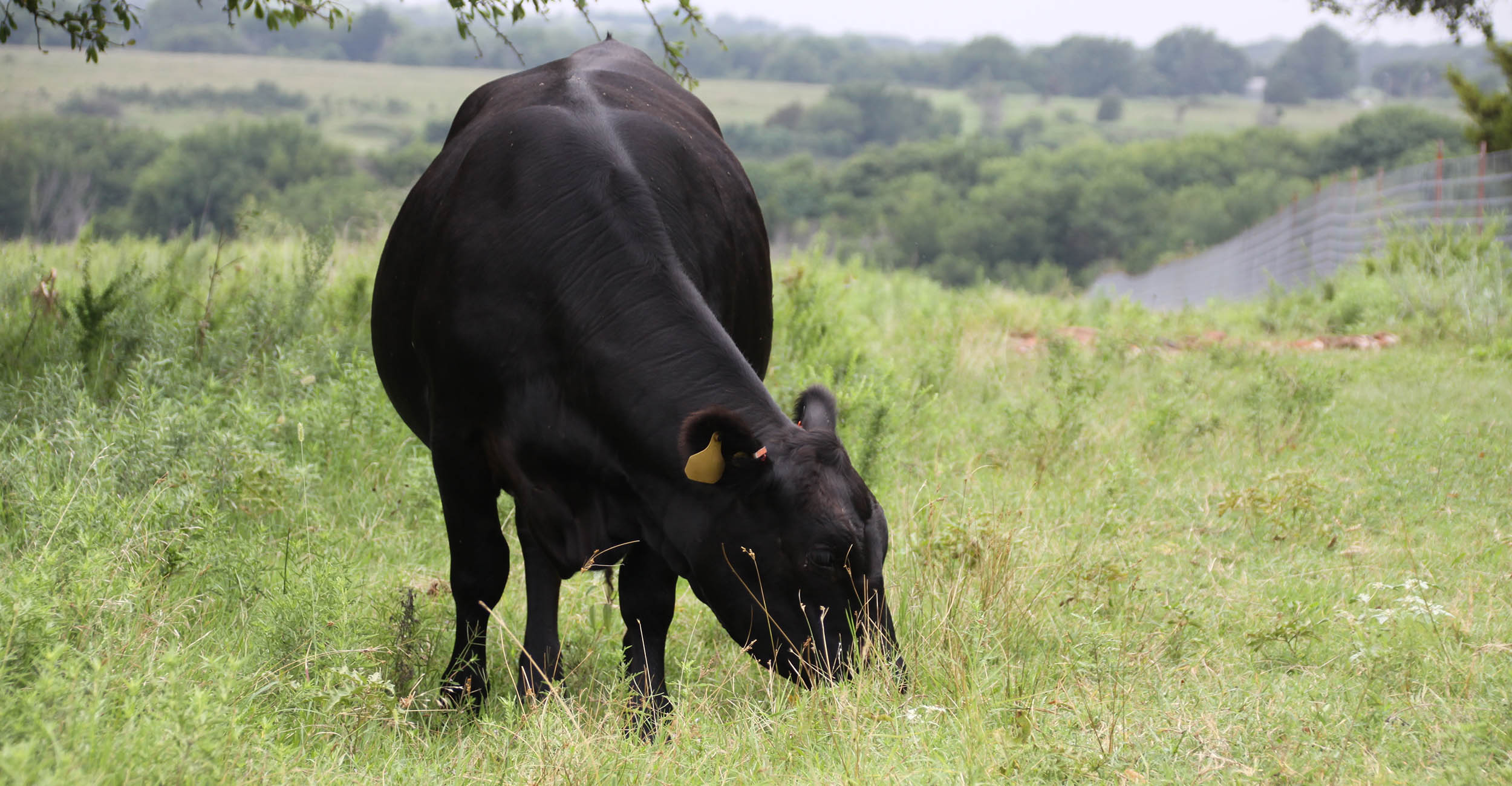Beef estimates in the Dec. 10 World Agricultural Supply and Demand Estimates were adjusted to reflect the discovery of New World screwworm in cattle in the Mexican state of Chiapas, which resulted in a restriction on the import of cattle and bison originating from or transiting through Mexico that took effect Nov. 22.
“In the absence of an official timeline for updated import protocols, it is assumed these restrictions will remain in place indefinitely,” the U.S. Department of Agriculture said in a note.
For 2025, the beef production forecast was reduced due to the restrictions on cattle imports from Mexico. The restrictions resulted in lower feedlot placements throughout the year and lower beef production estimates, especially in the second half of 2025.
Beef imports for 2024 were raised on recent data. Beef exports are unchanged. For 2025, beef imports were raised on expected demand for processing-grade beef. Beef exports were lowered based on tighter domestic supplies and less competitive prices.
The pork production forecast was reduced on lighter expected dressed weights in the first half of the year. The Hogs and Pigs report, to be published Dec.ember 23, will provide estimates of the pig crops and producer farrowing intentions affecting 2025 production.
The cattle price forecast remained unchanged for 2024, while the forecast for 2025 was raised on tighter expected cattle and beef supplies. The hog price forecast was raised for 2024 based on prices to-date, and those increases were carried into 2025.
Beef imports for 2024 were raised on recent data. Beef exports are unchanged. For 2025, beef imports are raised on expected demand for processing-grade beef. Beef exports are lowered based on tighter domestic supplies and less competitive prices.
The 2024 pork export forecast was lowered based on recent data. For 2025, the pork export forecast was reduced on lower U.S. production and slower-than-previously-expected demand growth in key markets.
The pork production forecast was reduced on lighter expected dressed weights in the first half of the year.
David Murray can be reached at [email protected].



